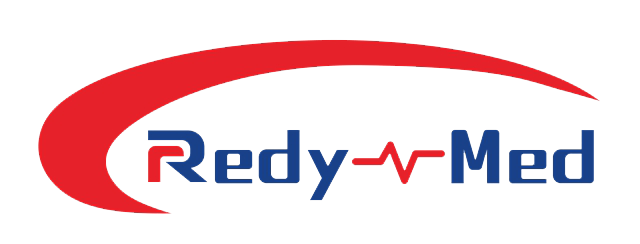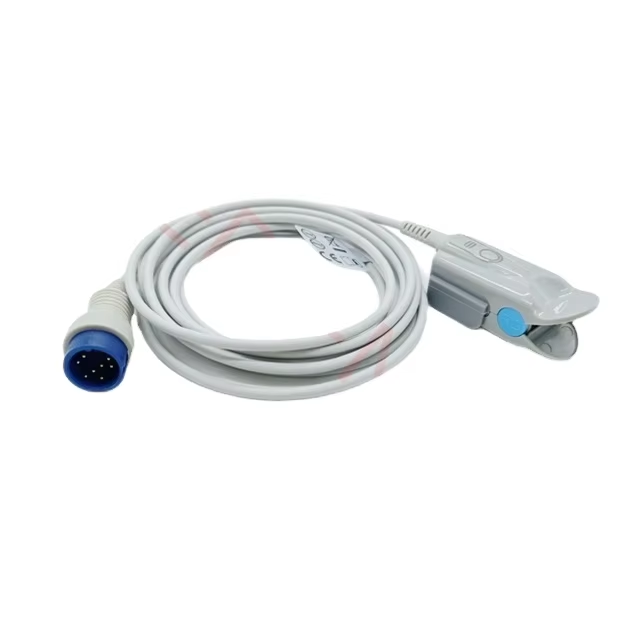In the rapidly evolving landscape of modern healthcare, the significance of reliable SPO2 sensors cannot be overstated. These devices, which measure blood oxygen saturation levels, play a crucial role in patient monitoring, especially in critical care settings. As the demand for accurate and timely health data increases, understanding the importance of these sensors becomes essential for healthcare providers and patients alike.
SPO2 sensors, or pulse oximeters, are non-invasive devices that provide real-time measurements of oxygen saturation in the blood. They are indispensable in various medical scenarios, from emergency rooms to outpatient clinics. The reliability of these sensors directly impacts patient outcomes, making it vital for healthcare facilities to invest in high-quality equipment. Inaccurate readings can lead to misdiagnosis or inappropriate treatment, underscoring the need for dependable technology in clinical settings.
The technology behind SPO2 sensors has advanced significantly over the years. Modern devices utilize sophisticated algorithms and advanced optics to enhance accuracy and reduce the effects of motion artifacts. This is particularly important in settings where patients may be restless or in motion, such as during transport or rehabilitation. Healthcare providers must stay informed about the latest innovations to ensure they are using the most reliable tools available.
Moreover, the integration of SPO2 sensors with telehealth solutions has transformed patient monitoring. Remote patient monitoring systems allow healthcare professionals to track patients’ oxygen levels from afar, enabling timely interventions when necessary. This is especially valuable in managing chronic respiratory conditions, where maintaining optimal oxygen levels is critical. The convenience of remote monitoring not only improves patient outcomes but also enhances the overall efficiency of healthcare delivery.
As we look toward the future, the demand for reliable SPO2 sensors is expected to grow. The increasing prevalence of respiratory diseases, coupled with an aging population, will drive the need for accurate monitoring devices. Additionally, the ongoing advancements in wearable technology will likely lead to the development of more sophisticated SPO2 sensors that can be used in everyday life, further emphasizing the importance of reliability in these devices.
In conclusion, the role of reliable SPO2 sensors in modern healthcare is paramount. These devices not only provide critical data for patient care but also enhance the overall quality of healthcare services. As technology continues to evolve, healthcare providers must prioritize the adoption of reliable SPO2 sensors to ensure the best possible outcomes for their patients. By staying informed about industry trends and investing in high-quality equipment, healthcare facilities can meet the growing demands of patient monitoring and improve the standard of care.

